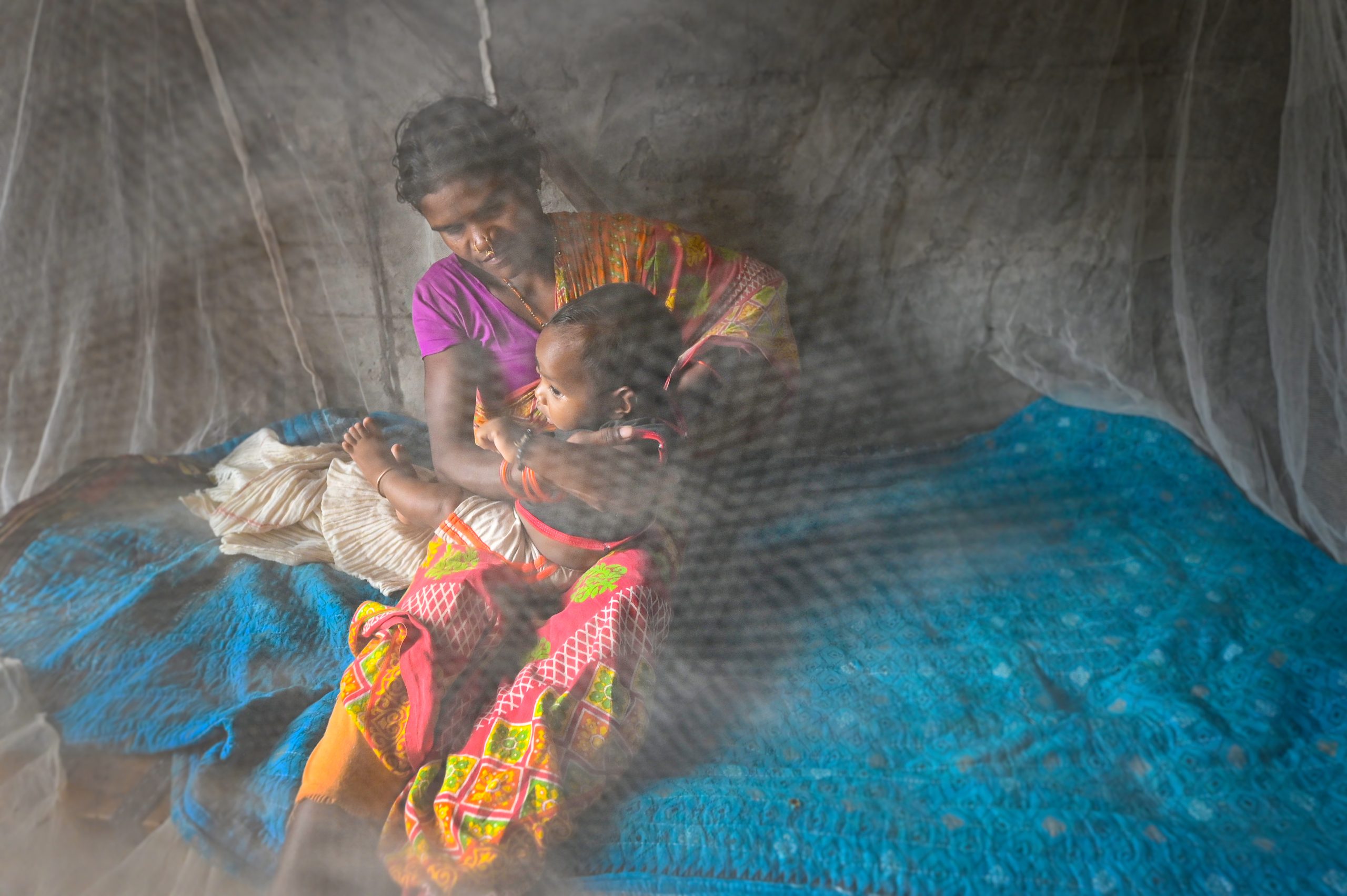An interview with Kelly Willis, Managing Director of Strategic Initiatives at Malaria No More

Ever since its inception in 2006, Malaria No More (MNM) has been working to mobilize the political commitment, funding, and innovation required to end malaria within our generation. Kelly Willis is the Managing Director of Strategic Initiatives at MNM, responsible for the oversight and growth of the organization’s high impact programs and partnerships around the world. She has more than 20 years of experience working in infectious disease and global health. In this interview, Willis discusses the impact of climate change on malaria, how Malaria No More is innovating to support the fight against the disease and the role of the Forecasting Healthy Futures consortium.
World leaders and health experts are sounding the alarm on increasing global health risks resulting from climate change. Peter Sands, the Executive Director of the Global Fund, recently warned that the next pandemic could be a malaria pandemic fueled by climate change. What is the impact of climate change on malaria transmission and what areas are most at risk?

Photograph: Malaria No More
As temperatures rise, the geographical areas where Anopheles mosquitoes can thrive are expanding. This means that previously unaffected populations – often ill-prepared to manage the spread of the disease – could suddenly find themselves exposed to malaria, leading to potentially higher transmission and mortality rates in these areas, compared to locations that have been exercising control interventions for many years. A less obvious issue is that of changing rainfall patterns and disease transmission seasonality. These changes make it difficult to accurately predict when transmission of the disease will be particularly high and complicate the implementation of malaria control tools and programs. As for the countries included in the expanding risk area, recent studies mention a northward shift of malaria and dengue. But that is an oversimplification. We could have an expansion to previously unaffected high-elevation areas or completely new territories, as this could be caused by a variety of factors.
What can be done to anticipate and mitigate the effects of a warming planet on malaria transmission?
The most effective approach is to double down on our efforts to eliminate malaria and ensure everyone has access to the life-saving malaria tools we currently have at our disposal. We also have a set of new transformative tools on the horizon, such as gene drive mosquitoes and the new malaria vaccines. We must also focus on becoming even more effective at targeting delivery of these tools; where, when and for whom. Climate-data, for example, can help us predict where and when the risk of transmission will be highest and target interventions accordingly. The Forecasting Healthy Futures consortium was launched with this idea in mind. With highly sophisticated weather data from our consortium member IBM – The Weather Company, coupled with earth observation data, artificial intelligence, and novel decision-making tools for health system leaders, we can predict with increasing precision where malaria transmission will happen and help accelerate progress against malaria.
Can you tell us about the Forecasting Healthy Futures (FHF) coalition? How did the initiative come about and what does it set out to do?
The Forecasting Healthy Futures initiative began as a consortium of health and technology companies coming together to do two things. The first is to raise awareness of the impact of climate change on human health and increase global investments. Five years ago, health was almost absent from the climate change debate. This is to say the least surprising, considering the degree to which global warming affects our health.
The second objective is to demonstrate the impact of innovative tools and solutions such as the use of climate data and artificial intelligence to create predictive and planning tools. These new data systems are created by integrating weather and mosquito population data sets with existing disease risk, intervention coverage, supply chain and epidemiological data sets. We started our pilot project for the Malaria Prediction and Planning Tool (MPPT) — developed to strengthen disease surveillance and response — in the state of Odisha, in India. Odisha was previously India’s highest malaria burden state, but efforts helped reduce malaria cases by more than 80% between 2017 and 2018. Since then, we have built a growing network of experts in these prediction and planning tools around the world, and we are looking to identify best practices and obstacles as well as to encourage shared learning.
What are the challenges faced by current malaria control tools?
One of the biggest challenges is growing resistance to insecticides and antimalarials. This represents a huge threat to the efficacy of current tools and should be monitored carefully by the malaria community — we need constant innovation to stay ahead of the curve. We are also seeing the emergence of different vectors and vector behaviour. In certain parts of the world, malaria is being transmitted during the day — which is alarming since we have been focused on bed nets as a key tool for prevention. We also have the emergence of new vectors such as the Anopheles stephensi mosquito, which is leading to malaria transmission in urban populations.

In March this year, Forecasting Healthy Futures hosted the inaugural Forecasting Healthy Futures Global Summit in Abu Dhabi, to explore solutions to the health challenges posed by climate change. What were the main highlights of the event?
The Global Summit was the culmination of a lot of the work we have been doing at Forecasting Healthy Futures to inform key stakeholders about the real impact of climate change on human health. These stakeholders include policymakers, health system leaders in climate-vulnerable parts of the world, global funders, banks, donor agencies, as well as experts and advocates in the climate change space. We wanted to gather these different perspectives and have a multisectoral conversation, with the aim of highlighting evidence of the impact of climate change on human health and identifying where the major gaps are. We made a direct appeal to the organisers of COP28 — which will be held later this year — to put health on the agenda and we were thrilled to have the very first COP Health Day announced at our Global Health Summit in March. Since then, we have been working closely with the organizers to see how we can ensure global resources are directed towards building climate resilient health systems, and how we can enable the fast-tracking of proven interventions. COP28 will also feature the first official Health Day and we hope this will be the beginning of a much more integrated dialogue and investment strategy focused on the interlinkages between health and climate change.
Recent posts
